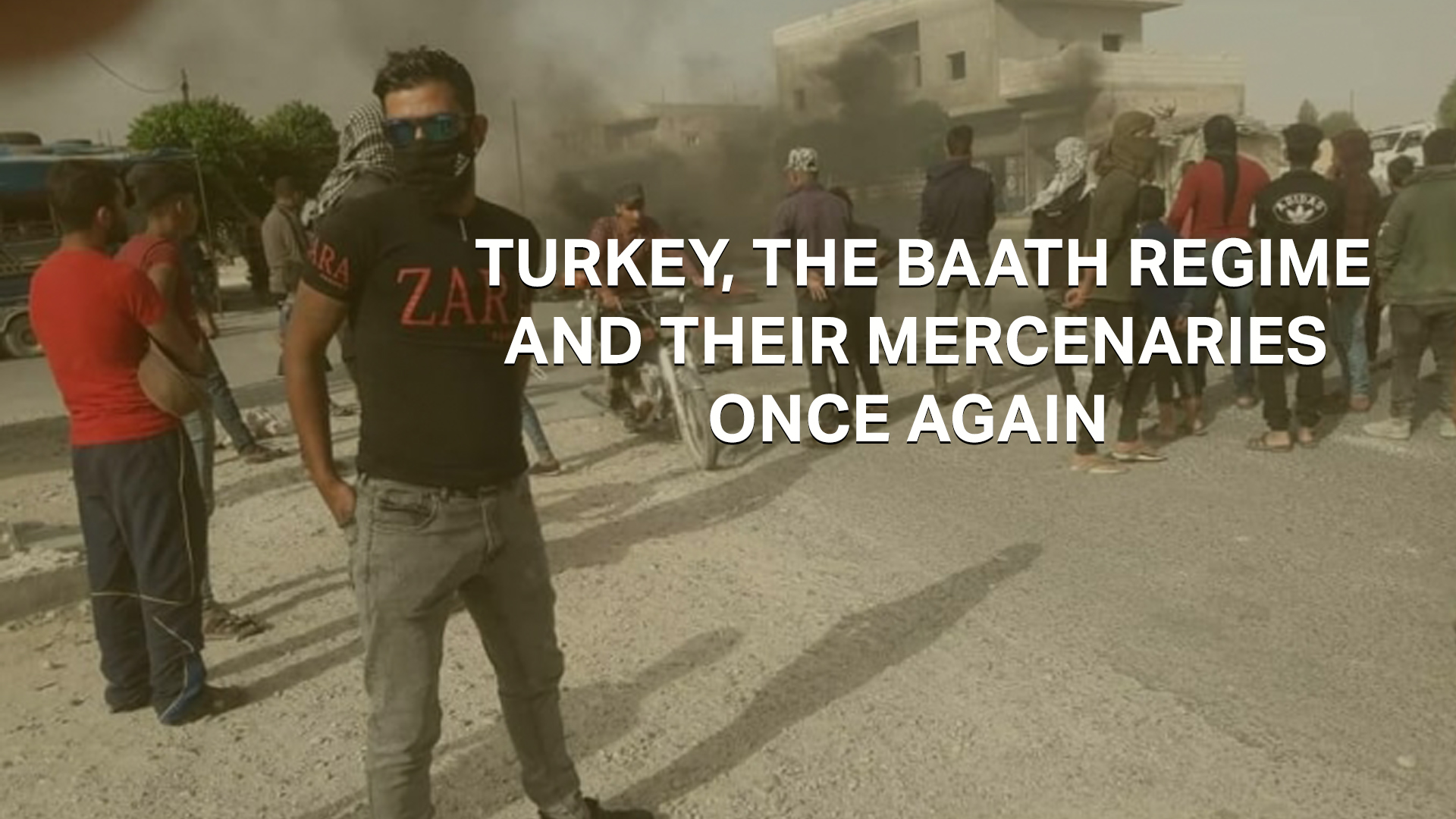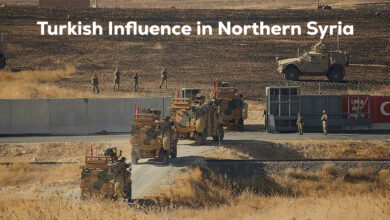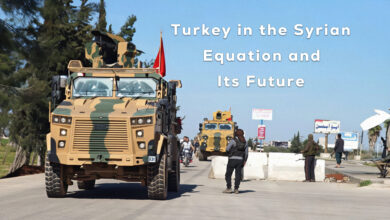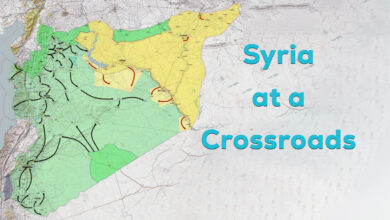Turkey, the Baath regime and their mercenaries once again

The 2021 Annual Threat Assessment of the US Intelligence Community released a report, which, the Autonomous Administration of North and East Syria (AANSE) is likely to handle in the coming months, noted to the possibility that “the Turkish state, Russia and the Baath regime have increased the intensity of their attacks against the AANES.” The report also mentioned “the possibility of Iran to attack the US-led Global Coalition forces in their points of deployment in northeast Syria’s regions through its militias there.” These data come in light of indicators that suggest unifying the efforts made by the conflicting parties on Syria with the aim of causing the greatest damage to the AANES.
Member of the Presidency of the Democratic Union Party (PYD), Aldar Khalil, revealed that Turkish intelligence official, Hakan Fidan, visited the Syrian capital, Damascus, in early January, and met his counterpart, the head of the National Security Apparatus, Ali Mamlouk. Khalil referred to plans set up by the Turkish intelligence services and the Baath regime in Syria with the aim of targeting the Autonomous Administration, but according to a report by the newspaper Ozkur Politica, quoting Khalil, these plans have failed, ruling out that the goals of the Turkish state and the Baath regime have disappeared with regard to targeting the Autonomous Administration.
On the other hand, Syrian Deputy Minister of Foreign Affairs and Expatriates, Bashar al-Jaafari, had announced the holding of a series of security meetings that brought together the intelligence services of both countries. However, al-Jaafari ruled out that the security meetings would reach a common point, suggesting that those meetings would not succeed. At the same time, and through indirect messages, he noted to the possibility of the continuation of these security meetings until an appropriate formula is reached. It seems that there are intense efforts made by the Baath regime and the Turkish state, especially with regard to co-opting the Arab tribes in the region or intimidating them, with the aim of moving them away from the Democratic Autonomous Administration.
In this context, prior to the Syrian presidential elections, dozens of statements bearing the names of Arab clans were issued, but they were all in one format and from one source, i.e. one of the journalists affiliated with the Baath regime in Hasakah canton, called Fadel Hammad, who is known to be associated with the Syrian intelligence services. However, these practices did not stop at this point, they were accompanied by attempts to inflame the street and create sectarian and ethnic strife on racist grounds. As a result, what they called the “popular resistance in the eastern region” was promoted, which actually targeted fighters within the Syrian Democratic Forces (SDF) of the Arab community in particular, with the aim of pushing Arab fighters and clans to withdraw their children from the SDF ranks.
Through a statement made to the Iranian-funded al-Mayadeen channel about the movement of the popular resistance in the eastern region, the message sent by the Mufti of the Baath regime, Ahmed Badr al-Din Hassoun, confirmed that the plans of the Syrian regime will continue in the region.
On the other hand, and in confirmation of the abovementioned, the Syrian MP from the ruling Baath party in Syria, Nidal Ammar, has recently demanded that the Turkish state unite efforts in order to target the US and its allies in the region, as he described it. Where the statement of the Syrian MP comes to the fact that there is a desire by the Baath regime to take (bold steps) to target the Autonomous Administration and the SDF. Perhaps these successive statements by prominent officials of the Syrian regime come in the context of preparing for the use of agents on the ground to target the Autonomous Administration and the SDF, because of the difficulty of the Syrian regime to involve in an open battle with the SDF. Perhaps the most important reason preventing the regime from directly engaging in an open war is the weakness of the regime’s popular base in the eastern region, in addition to the difficulty of the Syrian regime to afford the costs of any military operation in the regions of northeast Syria.
In summary, the data indicate that there are joint efforts made by the Turkish state and the Baath regime to work together and try to create an atmosphere for creating crises within the regions of northeast Syria, through which both the Baath regime and the Turkish state could mix cards in these areas. The recent protests in the town of al-Shaddadi, south of Hasakah, where some masked men attacked public property and carried various weapons is a good example of that.




